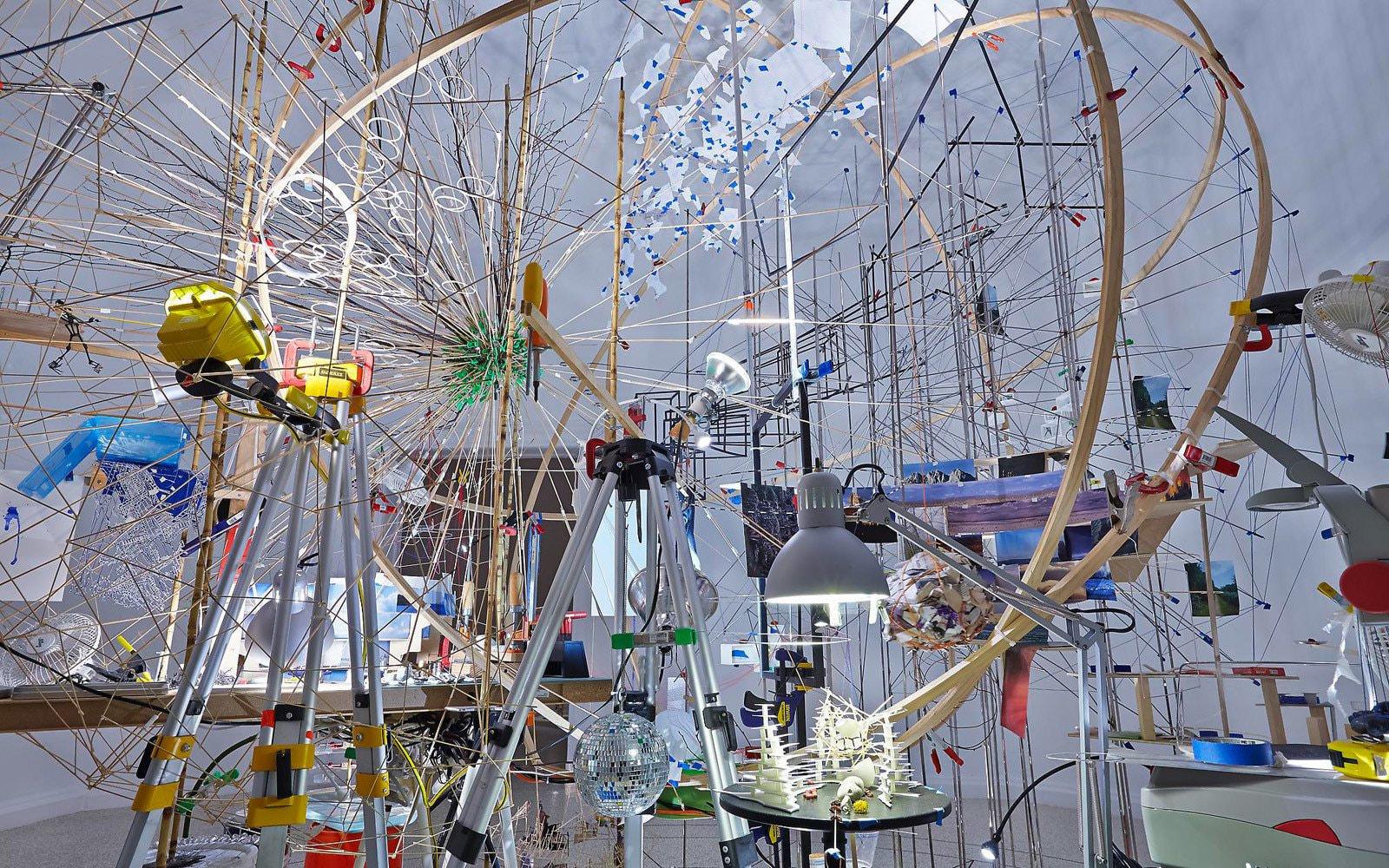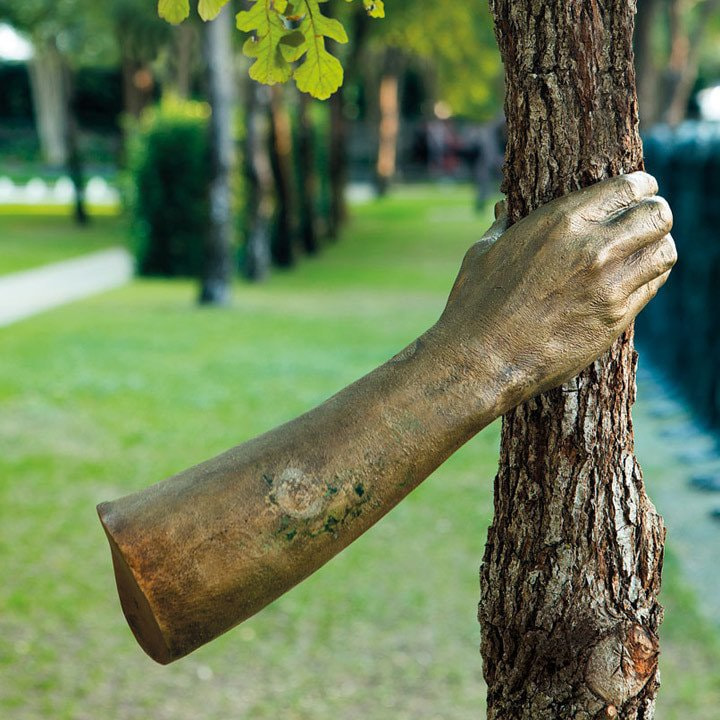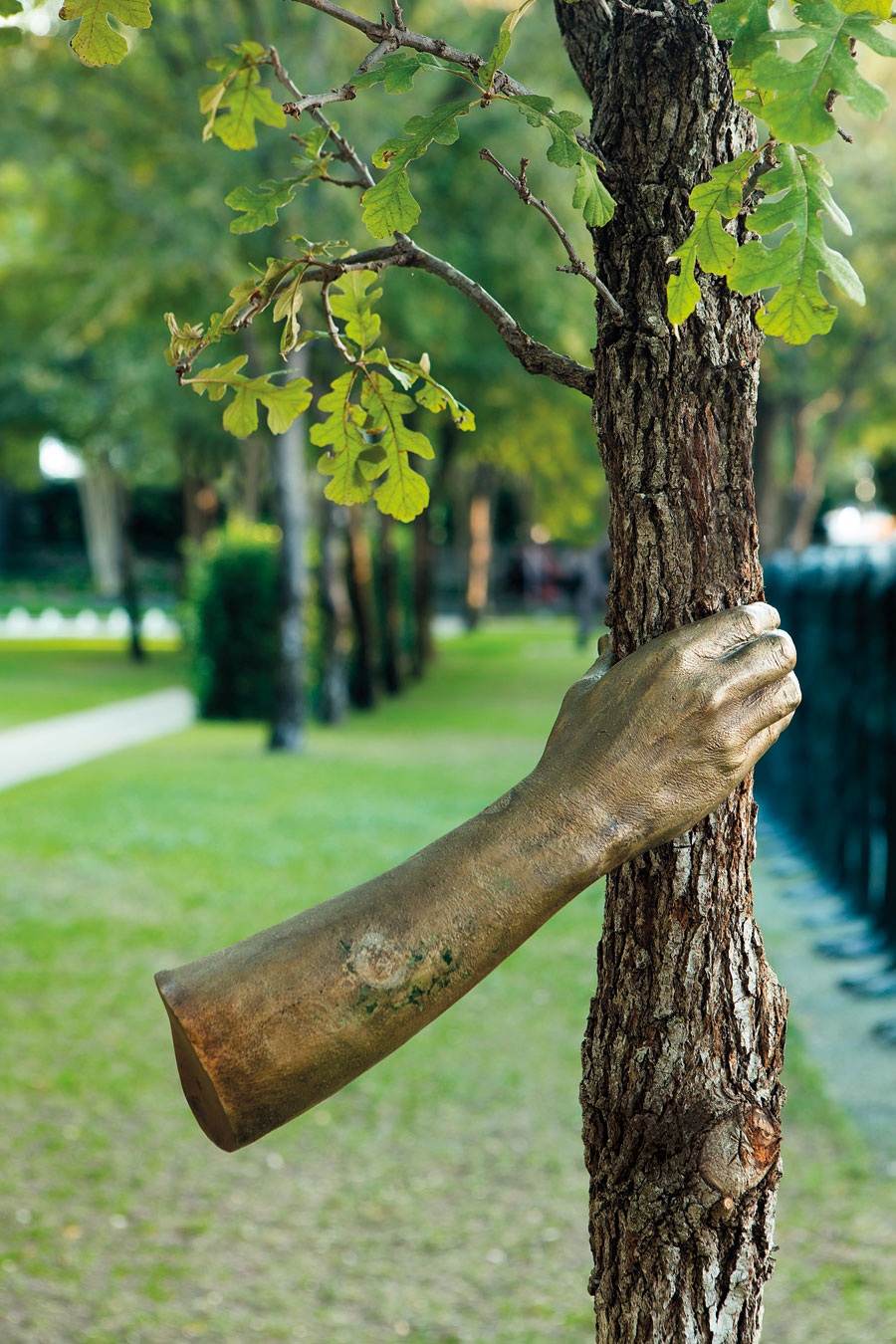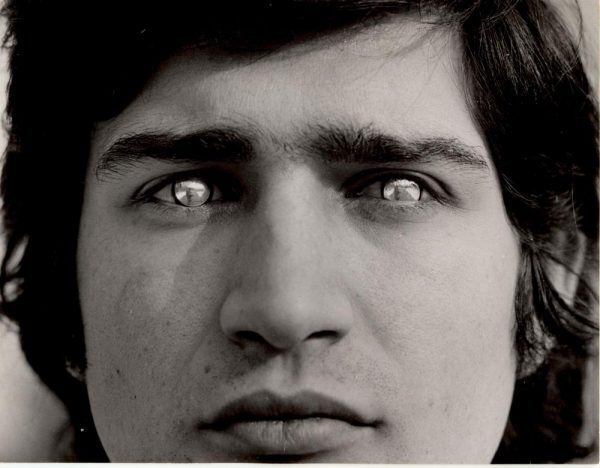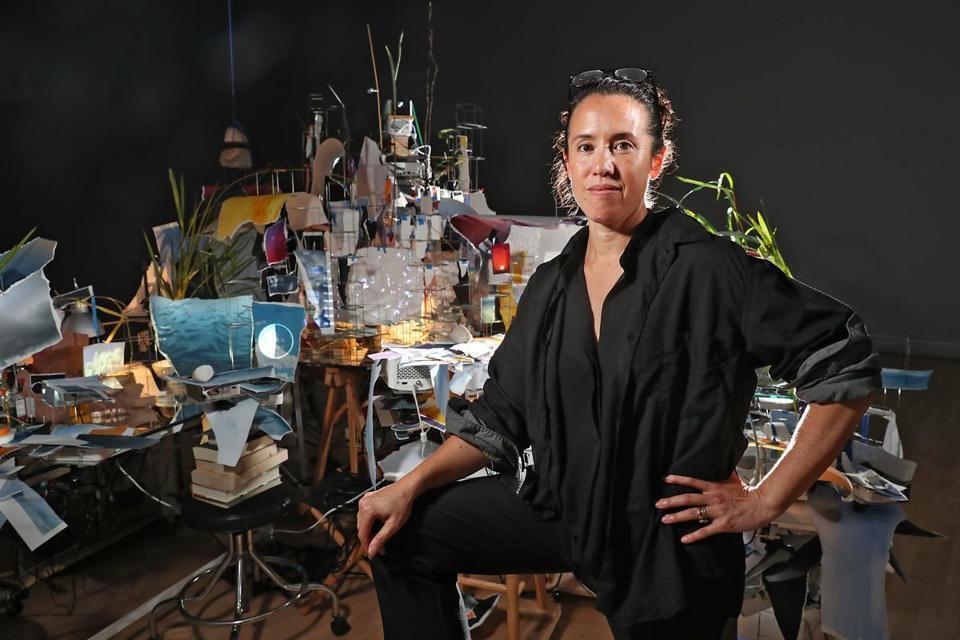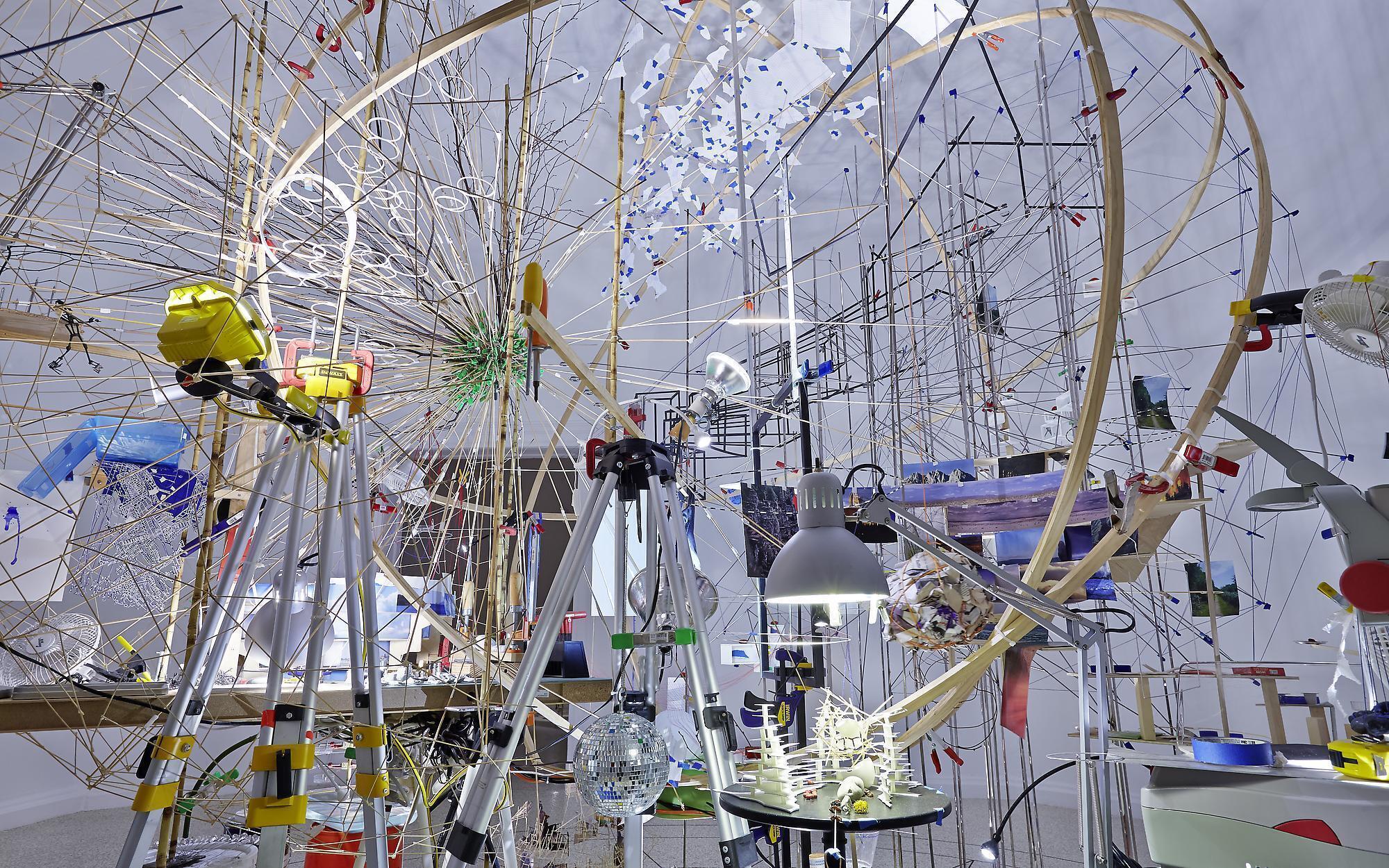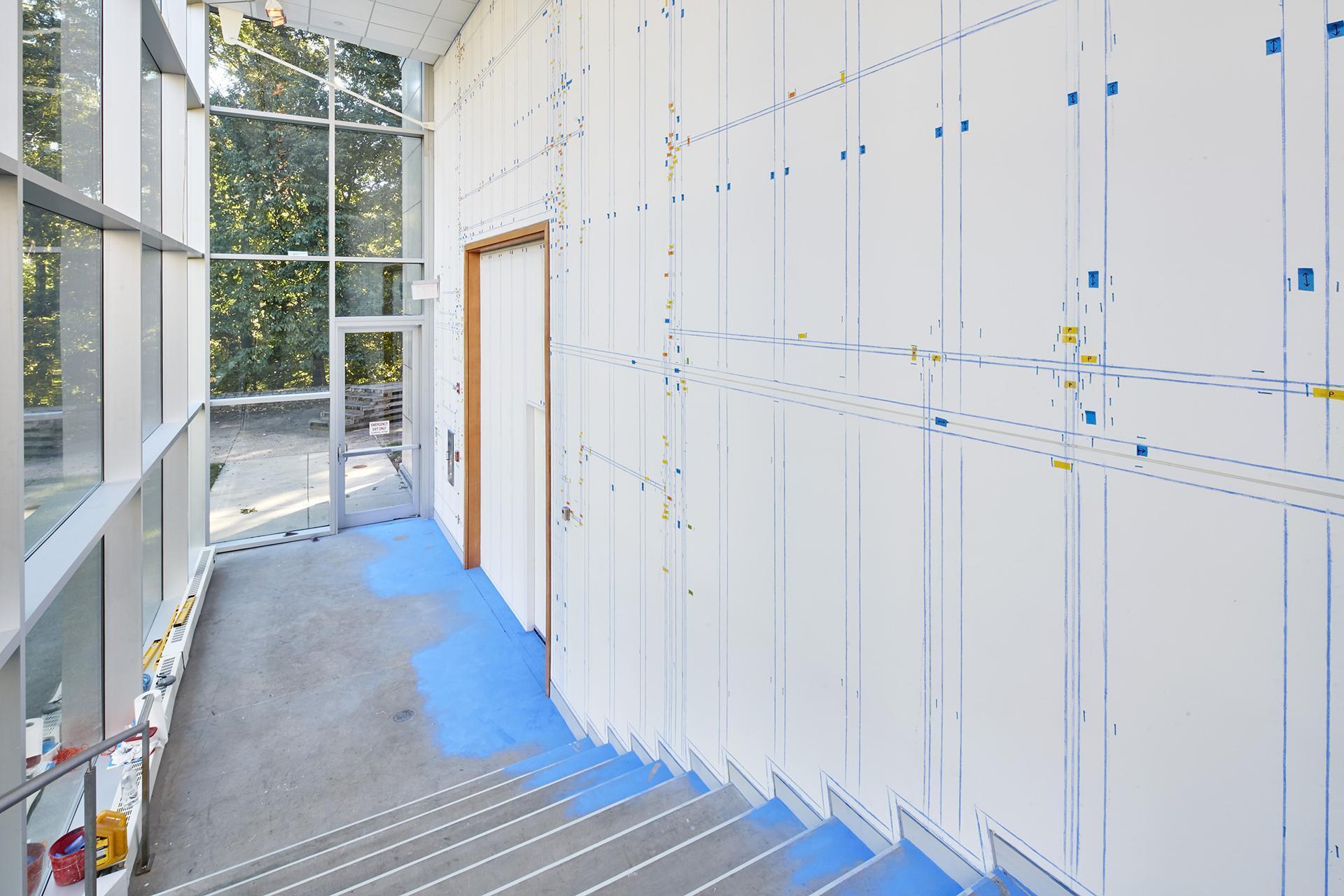Irina Kulik will demonstrate the possible ways to inscribe space and architecture in contemporary art using Sara Sze’s and Giuseppe Penone’s practices as her models.
Formerly one of the leading members of arte povera, Italian Giuseppe Penone (b. 1947) is an actively practicing artist, living between Paris and Turin. His lengthy career has seen various stages but his recurring theme has always remained man’s relationship with nature. Along with elements typical of the arte povera (“poor art”) aesthetics, like wood, or soil, Penone has used his own body for various verbal, visual and performative gestures, and also works with more traditional materials, such as marble and bronze, in his sculptures and installations. Together with Francesco Vezzoli, he was invited to represent Italy at the 52nd Venice Biennale in 2007. Penone’s pieces are in the collections of Tate Modern, London; Centre Georges Pompidou, Paris; MAXXI, Rome; Stedelijk Museum, Amsterdam; MoMA, New York, and many others.
Sarah Sze (b.1969) is an American artist based in New York, where she is also a professor of visual arts at Columbia University. In the past twenty years, she has been creating large-scale environmental installations using a vast range of found objects. Through playful interaction with the architecture, these pieces ascribe new meanings to both the exhibited objects and the surrounding spaces, and undermine the viewer’s expectations in many ways. With Sze’s works included in major museum collections (such as MoMA, The New Museum and Solomon R. Guggenheim Museum, New York; SFMoMA, MOCA, etc.), there are dozens of solo shows and a number of important public art commissions to her name. In 2013 Sze represented the United States at the 55th Venice Biennale with the project Triple Point—a complex installation that included elements dispersed outside of the US Pavilion, around the city itself.
